Drug Catalog - Product Detail
DESOGESTREL/ETHINYL ESTRADIOL- TRIPHASIC (VELIVET) TB 0.1 mg/0.025 mg; 0.125 mg/0.025 mg; 0.15 mg/0.025 mg 3X28
| NDC | Mfr | Size | Str | Form |
|---|---|---|---|---|
| 00555-9051-67 | TEVA PHARMACEUTICALS USA | 28 | 0.1/0.125/0.15-0.025 MG | TABLET |
PACKAGE FILES
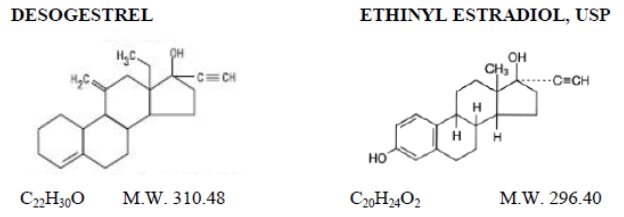
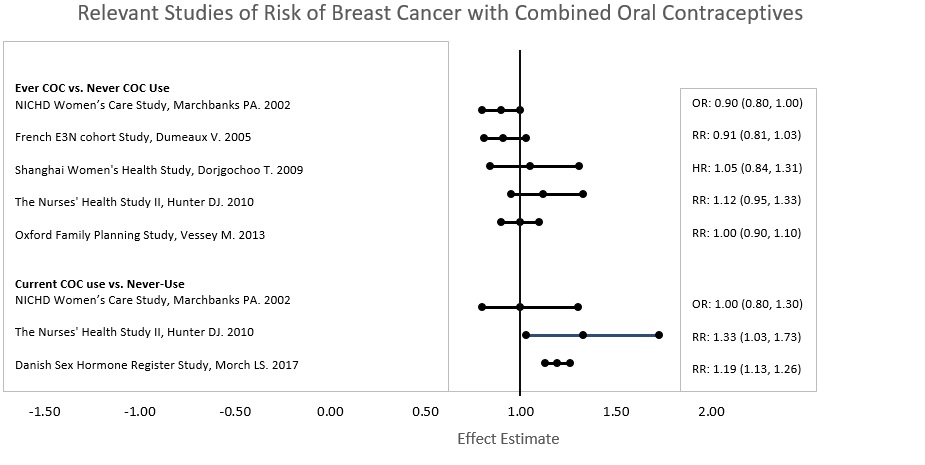
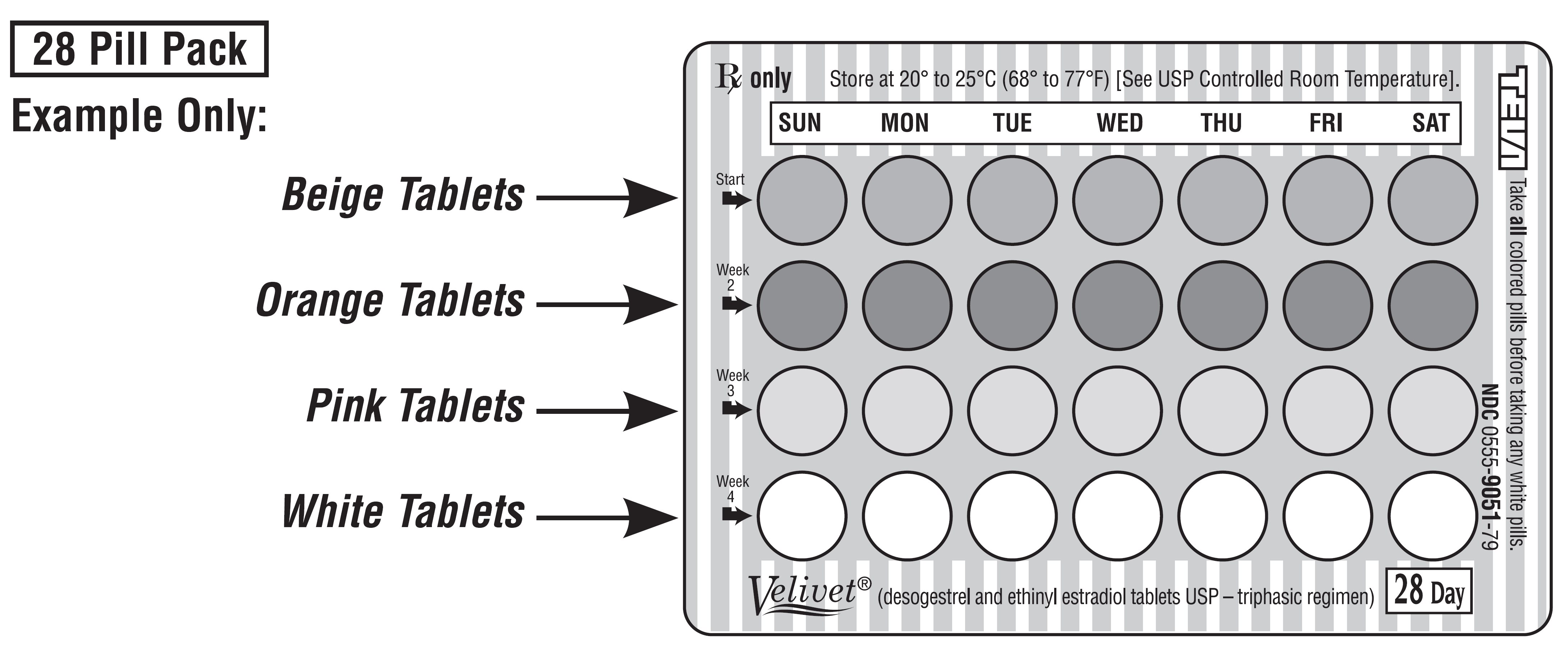
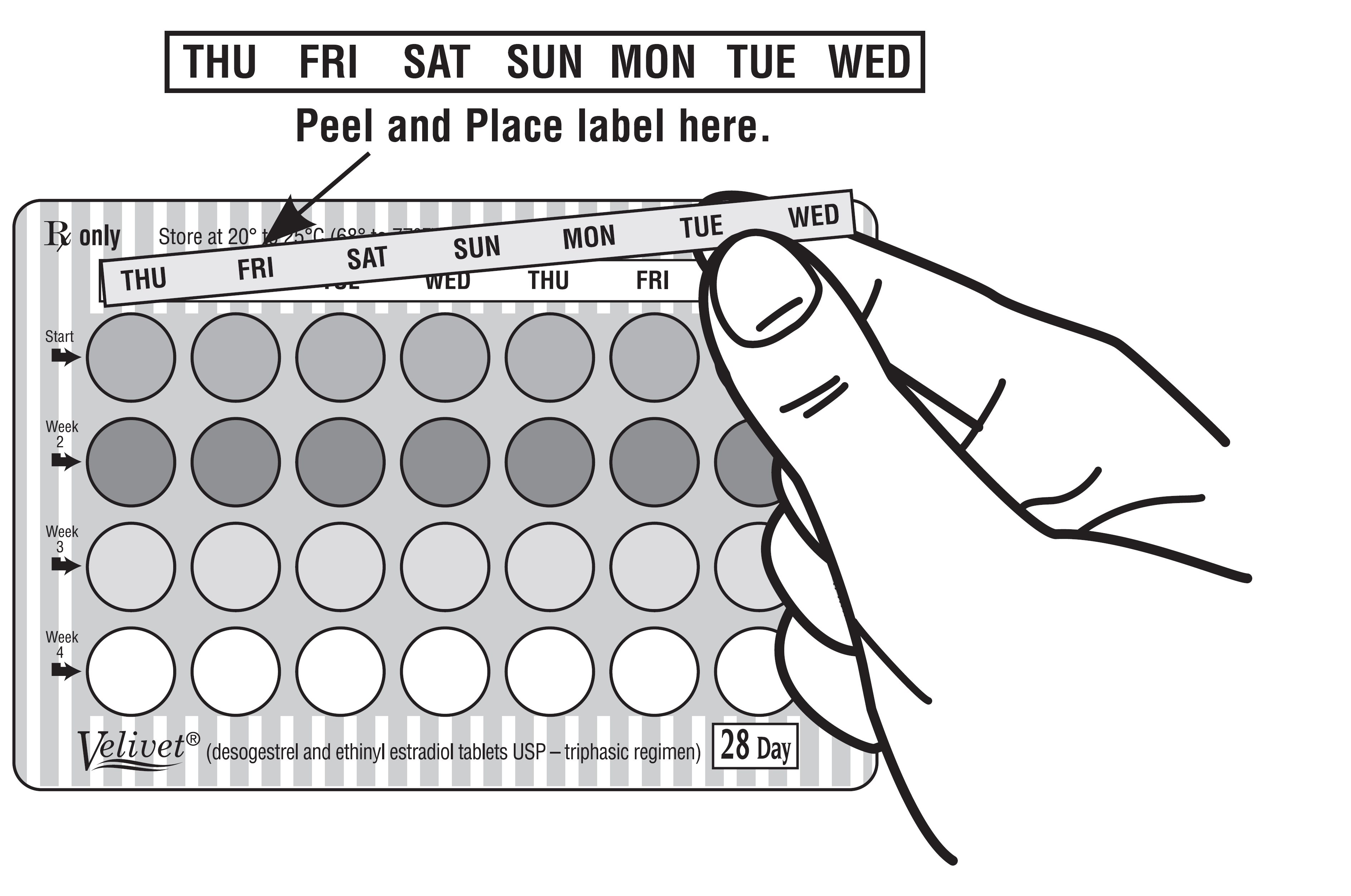
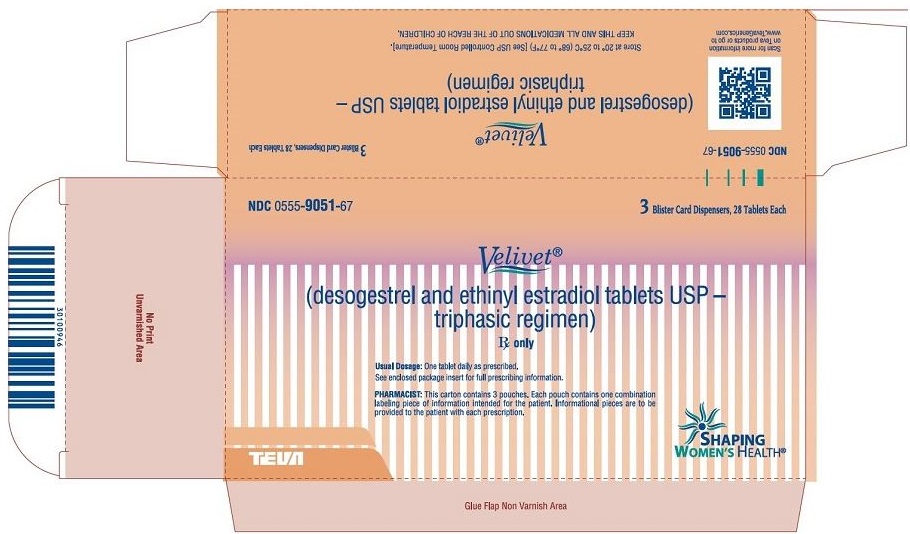
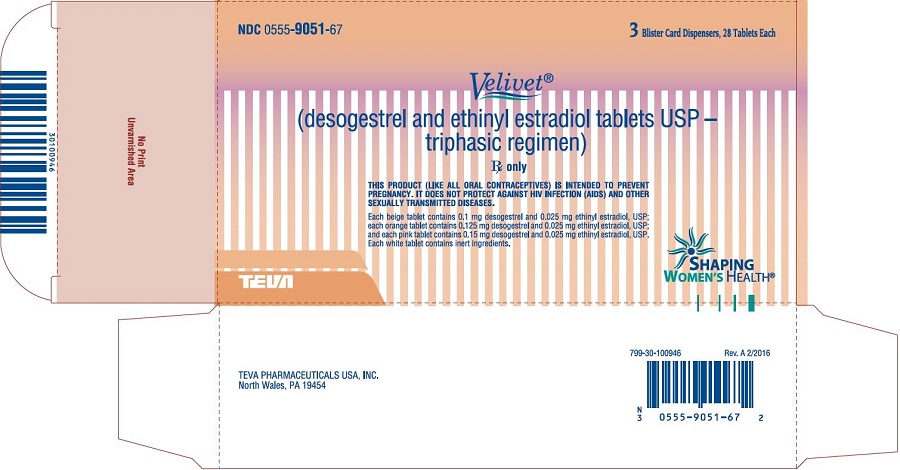
Generic Name
DESOGESTREL AND ETHINYL ESTRADIOL
Substance Name
Product Type
HUMAN PRESCRIPTION DRUG
Route
Application Number
ANDA076455
Description
DESCRIPTION Velivet ® (desogestrel and ethinyl estradiol tablets USP) is a triphasic oral contraceptive containing two active components, desogestrel and ethinyl estradiol, USP. Each 28 day treatment cycle pack consists of three active dosing phases: 7 beige tablets containing 0.1 mg desogestrel (13-ethyl-11-methylene-18,19-dinor-17α-pregn-4-en-20-yn-17-ol) and 0.025 mg ethinyl estradiol, USP (19-nor-17α-pregna-1,3,5(10)-trien-20-yne-3, 17-diol); 7 orange tablets containing 0.125 mg desogestrel and 0.025 mg ethinyl estradiol, USP, and 7 pink tablets containing 0.15 mg desogestrel and 0.025 mg ethinyl estradiol, USP. Inactive ingredients include colloidal silicon dioxide, hypromellose, lactose monohydrate, polyethylene glycol, polysorbate 80, povidone, pregelatinized corn starch, stearic acid, titanium dioxide and vitamin E. Beige tablets also contain iron oxide red and iron oxide yellow. Pink and orange tablets also contain FD&C Red No. 40 Aluminum Lake and FD&C Yellow No. 6 Aluminum Lake. Velivet also contains 7 white tablets with the following inert ingredients: lactose anhydrous, magnesium stearate, microcrystalline cellulose and pregelatinized corn starch. The structural formulas are as follows: The 7 beige, 7 pink and 7 orange tablets meet Dissolution Test 2. structural formulas
How Supplied
HOW SUPPLIED Velivet ® (desogestrel and ethinyl estradiol tablets USP - triphasic regimen) is available in a 28 day blister card tablet dispenser. Each 28 day treatment cycle pack consists of four different dosing phases, as follows: 7 beige, round, film-coated, biconvex, unscored tablets (debossed with stylized b on one side and 333 on the other side) containing 0.1 mg desogestrel and 0.025 mg ethinyl estradiol, USP; 7 orange, round, film-coated, biconvex, unscored tablets (debossed with stylized b on one side and 332 on the other side) containing 0.125 mg desogestrel and 0.025 mg ethinyl estradiol, USP; 7 pink, round, film-coated, biconvex, unscored tablets (debossed with stylized b on one side and 335 on the other side) containing 0.15 mg desogestrel and 0.025 mg ethinyl estradiol, USP and seven white, round, biconvex, unscored tablets (debossed with stylized b on one side and 334 on the other side) containing inert ingredients. Boxes of 3 NDC 0555-9051-67 Storage Store at 20° to 25°C (68° to 77°F) [See USP Controlled Room Temperature]. KEEP THIS AND ALL MEDICATIONS OUT OF THE REACH OF CHILDREN.
Indications & Usage
INDICATIONS AND USAGE Velivet (desogestrel and ethinyl estradiol tablets) is indicated for the prevention of pregnancy in women who elect to use this product as a method of contraception. Oral contraceptives are highly effective. Table 2 lists the typical unintended pregnancy rates for users of combination oral contraceptives and other methods of contraception. The efficacy of these contraceptive methods, except sterilization, the IUD, and implants, depends upon the reliability with which they are used. Correct and consistent use of these methods can result in lower failure rates. TABLE 2: PERCENTAGE OF WOMEN EXPERIENCING AN UNINTENDED PREGNANCY DURING THE FIRST YEAR OF TYPICAL USE AND THE FIRST YEAR OF PERFECT USE OF CONTRACEPTION AND THE PERCENTAGE CONTINUING USE AT THE END OF THE FIRST YEAR, UNITED STATES. % of Women Experiencing an Unintended Pregnancy within the First Year of Use % of Women Continuing Use at One Year * Method Typical Use † Perfect Use ‡ (1) (2) (3) (4) Chance § 85 85 Spermicides ¶ 26 6 40 Periodic abstinence 25 63 Calendar 9 Ovulation Method 3 Sympto-Thermal # 2 Post-Ovulation 1 Withdrawal 19 4 Cap Þ Parous Women 40 26 42 Nulliparous Women 20 9 56 Sponge Parous Women 40 20 42 Nulliparous Women 20 9 56 Diaphragm Þ 20 6 56 Condom β Female (Reality) 21 5 56 Male 14 3 61 Pill 5 71 Progestin Only 0.5 Combined 0.1 IUD Progesterone T 2.0 1.5 81 Copper T 380A 0.8 0.6 78 LNg 20 0.1 0.1 81 Depo-Provera 0.3 0.3 70 Norplant and Norplant-2 0.05 0.05 88 Female sterilization 0.5 0.5 100 Male sterilization 0.15 0.10 100 Emergency Contraceptive Pills : Treatment initiated within 72 hours after unprotected intercourse reduces risk of pregnancy by at least 75%. à Lactational Amenorrhea Method : LAM is a highly effective, temporary method of contraception. è Source: Trussell J, Stewart F, Contraceptive Efficacy. In Hatcher RA, Trussell J, Stewart F, Cates W, Stewart GK, Kowal D, Guest F, Contraceptive Technology: Seventeenth Revised Edition . New York, NY: Irvington Publishers, 1998. * Among couples attempting to avoid pregnancy, the percentage who continue to use a method for one year † Among typical couples who initiate use of a method (not necessarily for the first time), the percentage who experience an accidental pregnancy during the first year if they do not stop use for any other reason ‡ Among couples who initiate use of a method (not necessarily for the first time) and who use it perfectly (both consistently and correctly), the percentage who experience an accidental pregnancy during the first year if they do not stop use for any other reason à The treatment schedule is one dose within 72 hours after unprotected intercourse and a second dose 12 hours after the first dose. The Food and Drug Administration has declared the following brands of oral contraceptives to be safe and effective for emergency contraception: Ovral ® (1 dose is 2 white pills), Alesse ® (1 dose is 5 pink pills), Nordette ® or Levlen ® (1 dose is 2 light orange pills), Lo/Ovral ® (1 dose is 4 white pills), Triphasil ® or Tri-Levlen ® (1 dose is 4 yellow pills) è However, to maintain effective protection against pregnancy, another method of contraception must be used as soon as menstruation resumes, the frequency or duration of breastfeeds is reduced, bottle feeds are introduced or the baby reaches six months of age § The percentage of women becoming pregnant noted in columns (2) and (3) are based on data from populations where contraception is not used and from women who cease using contraception in order to become pregnant. Among such populations, about 89% became pregnant in one year. This estimate was lowered slightly (to 85%) to represent the percentage that would become pregnant within one year among women now relying on reversible methods of contraception if they abandon contraception altogether ¶ Foams, creams, gels, vaginal suppositories and vaginal film # Cervical mucous (ovulation) method supplemented by calendar in the preovulatory and basal body temperature in the postovulatory phases Þ With spermicidal cream or jelly β Without spermicides
Dosage and Administration
DOSAGE AND ADMINISTRATION To achieve maximum contraceptive effectiveness, Velivet tablets must be taken exactly as directed, at the same time every day, and at intervals not exceeding 24 hours. Velivet tablets may be initiated using either a Sunday start or a Day 1 start. NOTE: Seven different "day label strips" are provided to accommodate the selected start regimen. The patient should place the self-adhesive "day label strip" that corresponds to her starting day on the blister card above the first row of tablets. During the First Cycle of Use IMPORTANT: The possibility of ovulation and conception prior to initiation of use of Velivet tablets should be considered. A woman can begin to take Velivet tablets either on the first Sunday after the onset of her menstrual period (Sunday Start) or on the first day of her menstrual period (Day 1 Start). When switching from another oral contraceptive, Velivet tablets should be started on the same day that a new pack of the previous oral contraceptive would have been started. Sunday Start When initiating a Sunday start regimen, another method of contraception, such as condoms or spermicide, should be used for the first 7 consecutive days of taking Velivet tablets. Using a Sunday start, tablets are taken daily without interruption as follows: The first beige tablet should be taken on the first Sunday after menstruation begins (if menstruation begins on Sunday, the first beige tablet is taken on that day). Tablets are then taken sequentially following the arrows marked on the dispenser. One beige tablet is taken daily for 7 days, followed by 1 orange tablet daily for 7 days, 1 pink tablet daily for 7 days, and then 1 white (inactive) tablet daily for 7 days. For all subsequent cycles, the patient then begins a new 28 tablet regimen on the next day (Sunday) after taking the last white (inactive) tablet. [If switching from a Sunday Start oral contraceptive, the first Velivet tablet should be taken on the second Sunday after the last tablet of a 21 day oral contraceptive regimen or should be taken on the first Sunday after the last inactive tablet of a 28 day regimen.] If a patient misses 1 active tablet in Weeks 1, 2, or 3, she should take the missed tablet as soon as she remembers. If the patient misses 2 consecutive active tablets in Week 1 or Week 2, the patient should take 2 tablets the day she remembers and 2 tablets the next day; thereafter, the patient should resume taking 1 tablet daily until she finishes the cycle pack. The patient should be instructed to use a back-up method of birth control (such as condoms or spermicide) if she has intercourse in the 7 days after she restarts her pills. If the patient misses 2 consecutive pink (active) tablets in the third week or misses 3 or more active tablets in a row at any time during the cycle, the patient should keep taking 1 active tablet daily until the next Sunday. On Sunday the patient should throw out the rest of that cycle pack and start a new cycle pack that same day. The patient should be instructed to use a back-up method of birth control if she has intercourse in the 7 days after restarting her pills. Complete instructions to facilitate patient counseling on proper pill usage can be found in Detailed Patient Labeling (" HOW TO TAKE THE PILL " section). Day 1 Start Counting the first day of menstruation as "Day 1", the first beige tablet should be taken on the first day of menstrual bleeding. Tablets are then taken sequentially without interruption as follows: One beige tablet daily for 7 days, then 1 orange tablet daily for 7 days, followed by 1 pink tablet daily for 7 days and then 1 white (inactive) tablet daily for 7 days. For all subsequent cycles, the patient then begins a new 28 tablet regimen on the next day after taking the last white (inactive) tablet. [If switching directly from another oral contraceptive, the first beige tablet should be taken on the same day that a new pack of the previous oral contraceptive would have been started.] If a patient misses 1 active tablet in Weeks 1, 2, or 3, she should take the missed tablet as soon as she remembers. If the patient misses 2 consecutive active tablets in Week 1 or Week 2, the patient should take 2 tablets the day she remembers and 2 tablets the next day; thereafter, the patient should resume taking 1 tablet daily until she finishes the cycle pack. The patient should be instructed to use a back-up method of birth control (such as condoms or spermicide) if she has intercourse in the 7 days after she restarts her pills. If the patient misses 2 consecutive pink tablets in the third week or misses 3 or more active tablets in a row at any time during the cycle, the patient should throw out the rest of that cycle pack and start a new cycle pack that same day. The patient should be instructed to use a back-up method of birth control if she has intercourse in the 7 days after restarting her pills. Complete instructions to facilitate patient counseling on proper pill usage can be found in Detailed Patient Labeling (" HOW TO TAKE THE PILL " section). ADDITIONAL INSTRUCTIONS FOR BOTH SUNDAY AND DAY 1 STARTS If Spotting or Breakthrough Bleeding Occurs Breakthrough bleeding, spotting, and amenorrhea are frequent reasons for patients discontinuing oral contraceptives. In breakthrough bleeding, as in all cases of irregular bleeding from the vagina, non-functional causes should be considered. In undiagnosed persistent or recurrent abnormal bleeding from the vagina, adequate diagnostic measures are indicated to rule out pregnancy or malignancy. If both pregnancy and pathology have been excluded, time or a change to another preparation may solve the problem. Changing to an oral contraceptive with a higher estrogen content, while potentially useful in minimizing menstrual irregularity, should be done only if necessary since this may increase the risk of thromboembolic disease. Use of Velivet in The Event of a Missed Menstrual Period 1. If the patient has not adhered to the prescribed schedule, the possibility of pregnancy should be considered at the time of the first missed period and oral contraceptive use should be discontinued if pregnancy is confirmed. 2. If the patient has adhered to the prescribed regimen and misses two consecutive periods, pregnancy should be ruled out. Oral contraceptive use should be discontinued if pregnancy is confirmed. Use of Velivet Postpartum The use of Velivet for contraception may be initiated 4 to 6 weeks postpartum in women who elect not to breastfeed. When the tablets are administered during the postpartum period, the increased risk of thromboembolic disease associated with the postpartum period must be considered (see CONTRAINDICATIONS and WARNINGS concerning thromboembolic disease. See also PRECAUTIONS , Nursing Mothers ). If the patient starts on Velivet postpartum, and has not yet had a period, she should be instructed to use another method of contraception until a beige tablet has been taken daily for 7 consecutive days.
